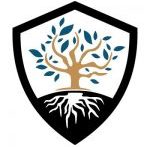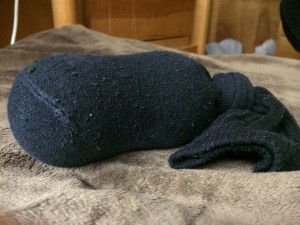What is Gua Sha?
Gua Sha is a traditional Chinese medicine technique that involves “press-stroking” the skin with a smooth edged instrument to remove stagnation from the area of concern. “Gua” refers to the scraping action, where as the “Sha” refers to the petechiae (red marks) that are produced after the application.
What are the therapeutic benefits?
- Improves circulation
- Relieves pain
- Removes stagnation
- Breaks-up scar tissue
- Stimulates the immune system
- Eliminates toxins
- Can be relaxing
- “Up-regulates the HO-1 gene expression”(1) – helps to decrease oxidative stress.
What are the indications?
- Pain
- MSK Disorders
- Breast Engorgement
- Stress
- Chronic injuries
- Colds/flu
- Fibromyalgia
- Scar tissue
What does the research say?
- After one treatment with Gua Sha, versus heat pack, to the posterior neck in patients with chronic mechanical neck pain, there was a statistically significant reduction in pain, increase in quality of life, and decreased pain with motion in the intervention group. Follow-up was one week later. (2)
- Postpartum breastfeeding women with breast engorgement problems were assigned to a Gua Sha protocol or hot packs and massage for 20 minutes. The Gua Sha was statistically more effective at decreasing breast engorgement, breast temperature, pain, and discomfort both at 5 min and 30 minutes (3)
- A systematic review showed that it may be beneficial for MSK pain (4)
- A study of individuals with chronic neck pain and chronic low back pain reported decreased pain and improved quality of life following 1 treatment, BUT they were compared to those on the weight list (5)
- In combination with other TCM therapies, Gua Sha caused a decrease in TSH levels in patients with Subclinical Hypothyroidism (6)
- Many case studies exist for its application in other conditions such as hepatitis, headaches – migraine type, priapism, etc.
What are the Contraindications (when should Gua Sha not be used)?
Gua Sha should not be performed in the following cases:
- Broken skin
- Fractures
- Contusions
- Burns
- Over moles or pimples
- Over genitals
Caution should also be used, or Gua Sha not done in patients with any of the following:
- Older patients with less “elastic” skin
- Frail patients
- Those taking blood thinner medication
- Past history of abuse – the treatment can be misinterpreted as abuse
Please let your health care provider know if you have any of the following around the area that they will be treating.
What should be done after treatment?
- Following the treatment, let the patient know that they:
- May feel sore for several days
- May have bruising or petechiae for several days
- Should drink plenty of water to help their body flush out toxins and waste product
- Keep body surfaces that have had treatment done to them covered (the treatment opens up pores, maybe susceptible to wind invasions)
Resources
- http://web.a.ebscohost.com/ehost/pdfviewer/pdfviewer?sid=00634f78-4ef4-404a-8ae0-815effdbe21e%40sessionmgr4004&vid=1&hid=4109
- http://onlinelibrary.wiley.com/doi/10.1111/j.1526-4637.2011.01053.x/abstract;jsessionid=F0AB4AC624AF8F8728F4727D225E24D7.f01t03?deniedAccessCustomisedMessage=&userIsAuthenticated=false
- http://journals.lww.com/jnr-twna/Abstract/2010/03000/Effects_of_Gua_Sha_Therapy_on_Breast_Engorgement_.aspx
- http://biomedcentral.com/content/pdf/1749-8546-5-5.pdf
- http://worldscientific.com/doi/abs/10.1142/s0192415x1250067x
- http://www.ncbi.nlm.nih.gov/pubmed/22165143
- http://www.chinesemedicinetimes.com/section.php/307/1/gua_sha_a_clinical_overview
Have you benefitted from reading this blog? Know someone that would benefit as well? Share, Like, Comment, or Tweet this article, and let me know what you think.
Some of the information provided above may not be appropriate for everyone, please consult with your doctor before trying any of the above. If you are interested in Naturopathic Medicine and wanting a different approach to your health care needs, please book an appointment with Elisha Cook at the RSNC (416-498-9763), and let me help you achieve your health goals.

